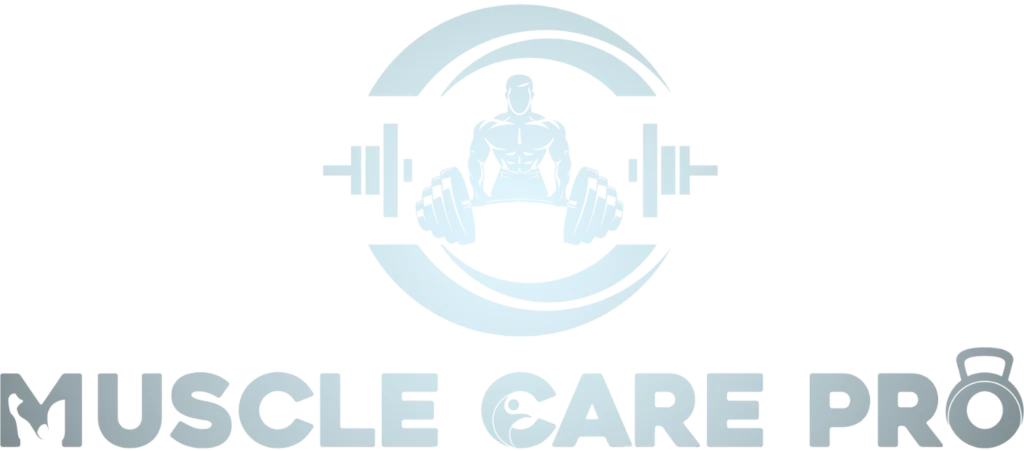Building muscle is a process, not an achievement. If it’s not aerobic training in the gym, then it’s bodyweight training at home or following a professional plan. At some point, another question is almost certain to arise: “How can I tell if my muscles are growing?”
For those who have put in some effort and yet remain unsure about whether or not they are on the right path, relax. This article will help readers find out how to know if their muscles are growing and how to do this without frustration.
-
Visible Physical Changes
The first sign of muscle growth is the change that’s visible in one’s physique. Within a few weeks to months, you may notice that your waistline remains visually the same while other parts like the chest and thighs expand in bulk.
If you find that your upper arms now feel bulkier or your waist feels thicker with more muscle, then it’s reassuring to know that muscle fibers are hypertrophying. This, however, does not mean these changes will occur as quickly as many would like. Initially, the changes are often the most measurable ones.Personal Tip:
Try taking progress photos. Sometimes, we don’t realize the changes happening to our bodies because we see ourselves every day. Take pictures every 4–6 weeks to capture your transformation. -
Increased Strength
Another surefire sign of muscle growth is increased strength. Are you lifting more weight than you were a month ago? Can you perform more reps with the same weight? This is a clear indicator that your muscles are getting stronger.
As your muscles adapt to the stress you put on them, they grow in size and strength. You may not always see the growth immediately, but if you’re consistently increasing the resistance or volume of your workouts, you’re likely building muscle. Personal Tip:
Keep a workout journal. Record the exercises you do, the weights you lift, and the number of repetitions. This will help you see your progress and motivate you to keep pushing forward. -
Muscle Soreness
Feeling sore a day or two after a workout is known as delayed onset muscle soreness (DOMS). It’s a sign that your muscles have been challenged and are in the process of repairing and growing. While muscle soreness is not always necessary for growth, experiencing it occasionally can indicate that you’ve pushed your muscles beyond their comfort zone, which is essential for growth. Personal Tip:
Don’t rely solely on soreness as an indicator of growth. Soreness can vary depending on your training intensity, hydration, nutrition, and even sleep. Use it as one of many signs, not the only one. -
Better Muscle Definition and Hardness
As your muscles grow, they become denser and firmer. This means that even when you’re not flexing, your muscles will feel harder to the touch. Over time, you’ll also notice better muscle definition.
If you are losing body fat simultaneously, your muscles will appear more prominent and defined, making it easier to see the fruits of your labor. Personal Tip:
Try measuring your muscles with a soft measuring tape around areas like your arms, chest, and thighs. This will give you a quantitative measure of your muscle growth. -
Improved Workout Performance and Endurance
As your muscles grow, your stamina and performance during workouts will improve. This is because stronger muscles can handle more intense training sessions.
You might find yourself doing more sets, recovering faster between exercises, and feeling less fatigued. All these improvements point toward muscular growth and enhanced physical capacity. Personal Tip:
Celebrate these small victories! If you find that you’re not winded after your usual workout or can add an extra set without collapsing on the floor, it’s a sign that your body is adapting and growing stronger. -
Changes in Body Weight and Composition
Muscle growth can lead to changes in body weight and body composition. Muscle is denser than fat, so even if your weight doesn’t change much, your body’s composition might.
For example, you might notice a decrease in body fat percentage while gaining lean muscle mass. Your overall weight might stay the same, or you might even gain a few pounds because muscle weighs more than fat. Personal Tip:
Use a body composition scale or get a professional assessment done to track changes in your muscle and fat percentages. It’s a more accurate way to monitor muscle growth than using weight alone. -
Positive Feedback from Others
Sometimes, the people around you notice changes before you do. Compliments like, “You look stronger” or “Your arms look bigger” can be unexpected yet affirming signs that your muscles are growing. These remarks, though external, can boost your confidence and confirm that your efforts are paying off. Personal Tip:
Welcome positive feedback and use it as fuel to keep going. Don’t be discouraged if someone doesn’t notice right away. Everyone’s journey is unique, and changes can be more visible to some than to others.
Final Thoughts
Muscle growth isn’t always about getting visibly bigger or bulging with muscles. It’s about becoming stronger, healthier, and more confident in your body. Look out for these signs, be patient with yourself, and remember that consistency is key. Keep pushing, and over time, you’ll see the changes you’ve been working so hard for.
So, the next time you think, “How do you know if your muscles are growing?” take a step back and evaluate these signs. Chances are, you’re making more progress than you think!











